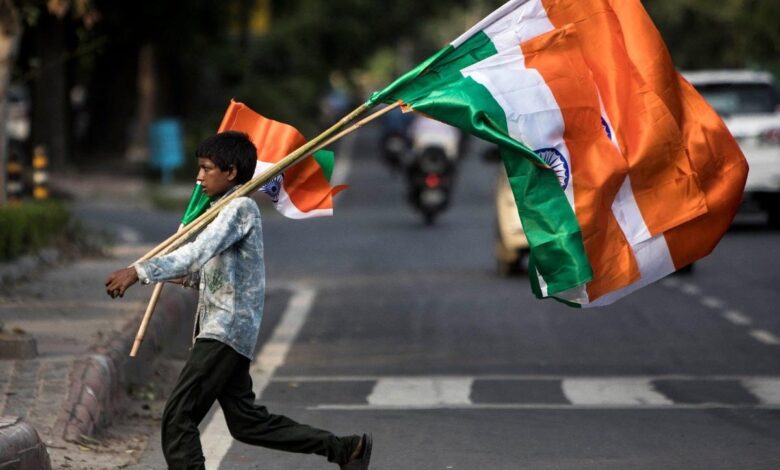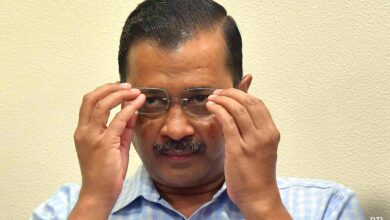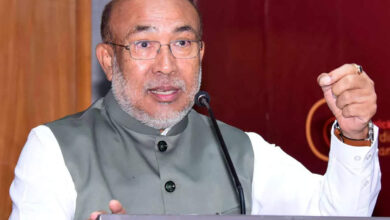A trip down history: The state which did not gain independence on 15th August 1947
It gained its independence on December 19th, 1961 after the Indian Army launched an armed action called ‘Operation Vijay’

If you didn’t know already, there exists one Indian state which does not celebrate the Indian Independence Day on the 15th August. Not because the people do not affiliate themselves with India but because, even though India did get independence on the 15th of August, they were still under foreign rule till December of 1961.
If you haven’t got the answer yet, it is Goa. Yes, ‘The Goa’ which is now the centre of the Indo-Portuguese culture and which is also synonymous with being one of the best travel destinations in the world.
While at the stroke of midnight on August 15, 1947, all Indian territories achieved independence from colonial rule, except Goa, which was still under the Portuguese rule. Before we look at the Portuguese rule in Goa, let us have a look at the history of Goa.
Goa’s known history stretches back to the third century BC, when it formed part of the Mauryan Empire, ruled by the Buddhist emperor, Ashoka of Magadha. Buddhist monks laid the foundation of Buddhism in Goa. Between the second century BCE and the sixth century CE, Goa was ruled by the Chutus of Karwar as feudatories of the Satavahanas of Kolhapur (second century BCE to the second century CE), Western Kshatrapas (around 150 CE), the Abhiras of Western Maharashtra, Bhojas of the Yadava clans of Gujarat, and the Konkan Mauryas as feudatories of the Kalachuris. The rule later passed on to the Chalukyas of Badami, who controlled it between 578 to 753, and later the Rashtrakutas of Malkhed from 753 to 963. However, from 765 to 1015, the Southern Silharas of Konkan ruled Goa as the feudatories of the Chalukyas and the Rashtrakutas. Over the next few centuries, Goa was successively ruled by the Kadambas as the feudatories of the Chalukyas of Kalyani. They patronized Jainism in Goa.
In 1312, Goa came under the governance of the Delhi Sultanate. However, the kingdom’s grip on the region was weak, and by 1370 they were forced to surrender it to Harihara I of the Vijayanagara empire. The Vijayanagara monarchs held on to the territory until 1469, when it was appropriated by the Bahmani sultans of Gulbarga. After the dynasty crumbled, the territory went in the hands of Adil Shahis of Bijapur.
In 1510, the Portuguese defeated the ruling Bijapur kings with the help of a local ally, Timayya, leading to the establishment of a permanent settlement in Velha Goa (or Old Goa). During the rule of Goa, the colonial overlords converted the majority of its population to Christianity through force and deceit. Another well-known fact is the destruction of several temples in Goa by the Portuguese rulers and the attempts made by the Portuguese kings to erase the local and Hindu culture which existed in Goa.
The Goa Inquisition was established when Francis Xavier requested it in a letter dated 16th May 1546 addressed to King Joao III of Portugal subsequent to which in 1546, the Portuguese king issued an order that allowed the destruction of Hindu temples in Portuguese territories and prohibited public celebrations of Hindu festivals. By 1549, all Hindu temples on the island of Divar were razed to the ground and their properties attached to the new churches that were erected in their place. (Contesting Sacred Space in the Estado da India: Asserting Cultural Dominance over Religious Sites in Goa, Ler Historia Journal by Timothy Walker, page 6-10)
In 1560, the Portuguese viceroy of Goa ordered all Hindus living in the Portuguese territories to either convert to Christianity or leave the place. On top of it, some decades later, Hindu marriages were banned throughout the Portuguese territory. Cremations were also outlawed, and Hindus were forced to cremate their dead on rafts and set them afloat in the river. Between 1560 and 1575, almost 300 temples were destroyed in the district of Salcete alone. (The Goa Inquisition by Anant Priolkar, pages 60 to 86)
In 1559, Portuguese king D. Sebastian passed an order that orphan Hindu children must be “taken immediately and handed over to the College of St Paul of the society of Jesus of the said city of Goa, for being baptised, educated and indoctrinated”. The royal order was endorsed by viceroy D. Antao De Noronha in 1564 and Governor Antonio Moniz Barrete in 1575.
It is also claimed that as a result of this, many Hindu children were kidnapped and forcefully converted to Christianity because of which many Hindu families smuggled their kids to other family members who resided outside of Goa. Many Hindu families too ran away from Goa for their safety. Another reason for the overall migration of people from Goa during this period are the wars between the Portuguese and the Marathas and the Deccan Sultanate.
While the British did rule over Goa between 1812-1815 during the Napoleonic wars, the control went back to the Portuguese who ruled for another two centuries. In 1843 the capital was moved to Panjim from Velha Goa. By mid-18th century the area under occupation had expanded to most of Goa’s present day state limits. Simultaneously the Portuguese lost other possessions in India until their borders stabilised and formed the Estado da India Portuguesa, of which Goa was the largest territory.
Meanwhile, in the 1900’s a different freedom struggle against the Portuguese was underway in Goa and everyone who was accused of being a freedom fighter was locked up in the iconic Fort Aguada jail. The jail which was built in 1612 and over looks the Arabian Sea is now one of the best-preserved signs of Portuguese influence in Goa and has been turned into a museum by the Goa Tourism Ministry. The specialty of this was that this jail could never be captured by invaders, solely because its walls reach up to 5 metres in height.
When India did finally achieve its independence in 1947, the Government of India offered to negotiate with the Portuguese to hand over the territories to the Union of India. However, the Portuguese refused and as the act of last resort on the 18th of December, the Indian Army launched ‘Operation Vijay’, an armed action, which resulted in the annexation of modern-day Goa, Daman and Diu. On the 19th of December, an Indian flag waved in front of the secretariat, marking the end of the Portuguese rule over Goa. Today the 19th of December is celebrated as Goa Liberation Day in memory of seven young gallant sailors and other personnel who gave the ultimate sacrifice.
Goa, along with Daman and Diu was made into a centrally administered Union Territory of India. On 30 May 1987, the Union Territory was split, and Goa was made India’s twenty-fifth state, with Daman and Diu remaining Union Territories.
Also, have a look at : India’s Oldest Rock Fest ‘Independence Rock’ set to return in November



